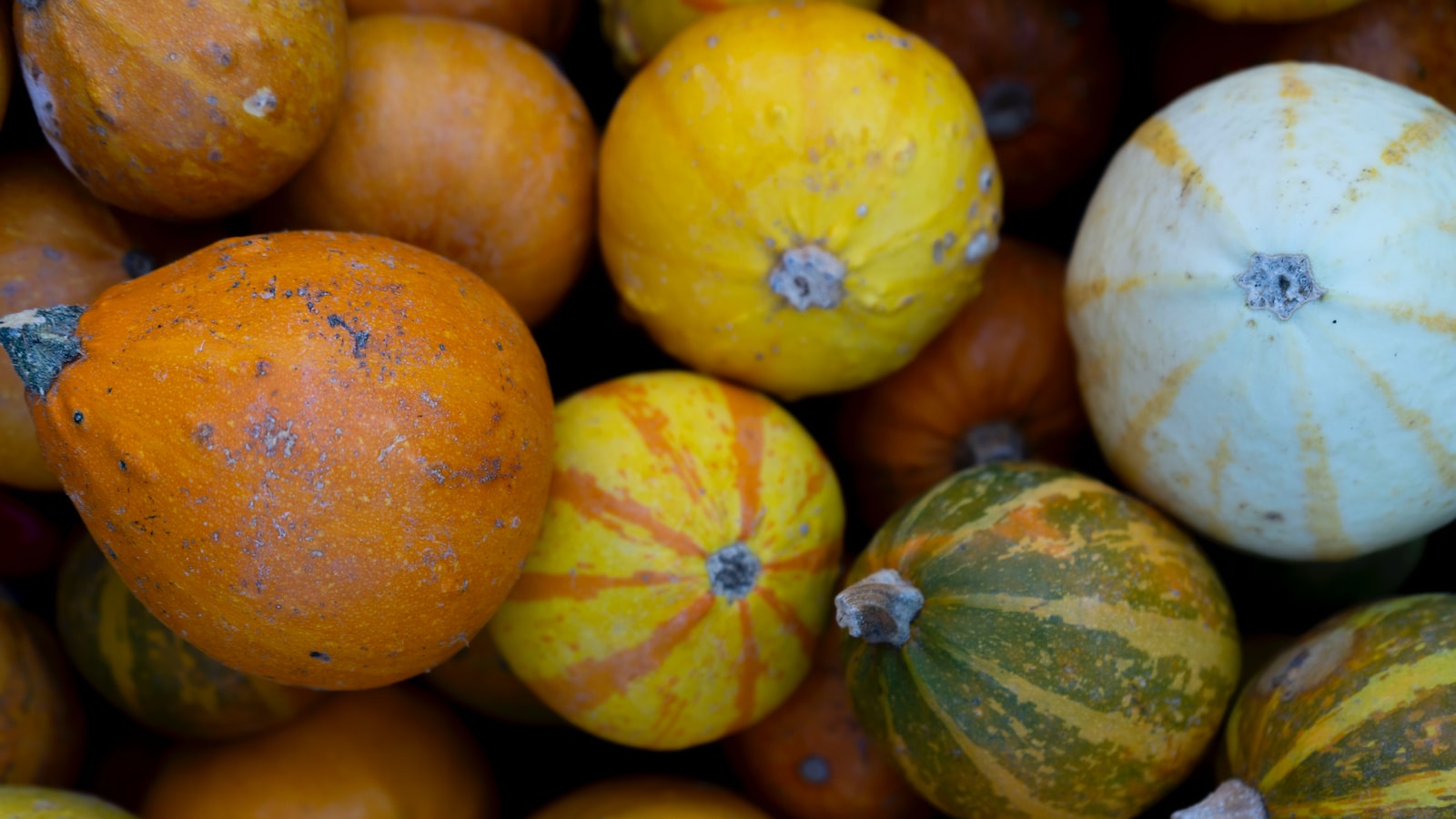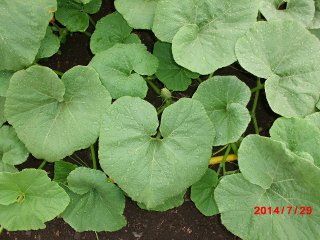Unraveling the verdant labyrinth of foliage, the intricate pathways that lead to the fruitful bounties of nature, can sometimes leave us in a state of bewilderment. Amidst the vast abundance of squash plants and their vibrant companions, the challenge lies in distinguishing between these closely-knit kinfolk of the cucurbit family. Fret not, dear green thumbs, for in this definitive guide, we shall embark upon a quest to unlock the secrets of squash identification. With keen observation, a touch of botanical finesse, and a dash of plant-loving magic, you shall be equipped with the knowledge to confidently tell squash plants apart, demystifying these leafy wonders that grace our gardens and tantalize our taste buds. So, let us delve into this horticultural journey and uncover the enchanting world of squash plant differentiation.
Differentiating Squash Plants: A Beginner’s Guide
Squash plants come in a variety of shapes, sizes, and colors, making it essential for beginner gardeners to differentiate between them. Whether you’re starting your own vegetable garden or simply curious about the diversity of squash plants, this beginner’s guide will help you become a pro at telling them apart.
When it comes to identifying squash plants, one of the key factors to consider is their fruit shape. Some of the common squash varieties include the classic zucchini, which exhibits a long and straight shape perfect for stir-frying or grilling. On the other hand, pattypan squash boasts a distinct scallop-like appearance, ideal for stuffing or sautéing. Delicata squash showcases a delightful cylindrical shape with creamy yellow flesh, perfect for roasting. Remember, the shape of the fruit is an excellent starting point to identify different types of squash.
Apart from fruit shape, the color and texture of the squash plant’s skin can also help in distinguishing between various types. For example, butternut squash is recognized for its light beige skin and smooth, almost buttery texture. On the contrary, spaghetti squash boasts a vibrant yellow skin with a rough, stringy texture, which makes it an excellent low-carb alternative to traditional pasta. By paying attention to these visual cues, you’ll soon become skilled at telling squash plants apart with ease.
| Feature | Tip |
|---|---|
| Fruit Shape | Refer to seed packets or online resources to familiarize yourself with different squash varieties and their corresponding fruit shapes. |
| Color and Texture | Get hands-on with the plants! Feel the textures and observe the colors of the squash’s skin to distinguish between varieties. |
| Leaf Shape | Pay attention to the shape and size of the leaves, as certain squash plants have distinct leaf patterns that can help with identification. |
By combining your newfound knowledge of squash plant features with a keen eye for detail, you’ll soon become an expert at telling one type of squash from another. Happy gardening and happy cooking with your diverse range of squash produce!

Unraveling the Distinctive Features of Squash Varieties
When it comes to identifying different types of squash plants, the vast array of shapes, sizes, and colors can sometimes leave gardeners puzzled. Fear not! Within this post, we will explore some handy tips and tricks to help you tell squash plants apart with confidence.
In the world of squash, each variety possesses its own unique characteristics, making them distinguishable even for the untrained eye. Let’s dive into a fascinating adventure of squash exploration:
| Feature | Tips |
|---|---|
| Color | Look for vibrant shades of green, yellow, or orange. Some varieties even display patches or stripes. |
| Shape and Size | Pay attention to the overall contour. Squash can be round, oblong, bulbous, or elongated, varying from petite to enormous. |
| Texture | Feel the skin texture, ranging from smooth to rough or even bumpy. The skin can sometimes have waxy or matte appearances. |
With these tips in mind, you will gain a fresh understanding of squash varieties, enabling you to confidently identify them in a variety of garden settings. Grab your gardening gear, and embark on an exciting journey of squash plant discovery!
Identifying Squash Plants: Key Characteristics to Look for
Looking to tell squash plants apart? Here are some key characteristics to help you identify these versatile and delicious vegetables.
- Leaf Shape: Squash plants have distinct leaf shapes depending on the variety. Some have lobed or scalloped leaves, while others have smooth and oval-shaped leaves. Take note of the leaf shape as it can be a great clue in determining the type of squash plant.
- Vine Growth Habit: Squash plants are known for their sprawling vines that can take up quite a bit of space in the garden. Some varieties have shorter vines, while others have longer and more vigorous growth habits. Consider the growth habit of the plant you’re observing to narrow down its identity.
- Flower Appearance: The flowers of squash plants are not only beautiful but also helpful in distinguishing different varieties. Pay attention to the color and size of the flowers. Some squash plants have large, showy flowers while others have smaller, more delicate blooms. The color can range from bright yellow to creamy white. These distinct flower characteristics can be a valuable clue in identifying squash plants.
| Feature | Tips |
| Leaf Shape | Observe the shape of the leaves and compare them to known varieties to determine the type of squash plant. |
| Vine Growth Habit | Consider the length and vigor of the vines to help narrow down the identity of the plant. |
| Flower Appearance | Pay attention to the color and size of the flowers, as they can vary greatly between different squash varieties. |
By focusing on these key characteristics, you’ll be able to confidently identify different types of squash plants in your garden or local farmers’ market. Whether you’re growing zucchini, butternut, or acorn squash, understanding these features will deepen your appreciation for these delicious and nutritious vegetables.
Mastering the Art of Distinguishing Squash Plants
Squash plants may all look green and leafy at first glance, but to truly master the art of distinguishing them, you must delve deeper into their distinct characteristics. These plants come in various shapes, sizes, and colors, each with its own unique attributes. By learning to identify these features, you’ll be able to confidently tell one squash plant from another.
One distinguishing factor to consider is the shape and texture of the leaves. Some squash plants have leaves that are round and smooth, while others may have jagged or ruffled edges. Additionally, pay attention to the color of the leaves. They can range from a vibrant shade of green to a more muted tone. The presence of any patterns or variegation on the leaves can also be a defining characteristic. Another feature that can differentiate squash plants is the size and shape of their fruits. Some produce small, round squashes, while others yield elongated or bulbous varieties. The color of the fruits can vary greatly as well, from the classic yellow to pale green or even deep orange. By observing and comparing these distinguishing features, you’ll become a squash plant connoisseur in no time!

